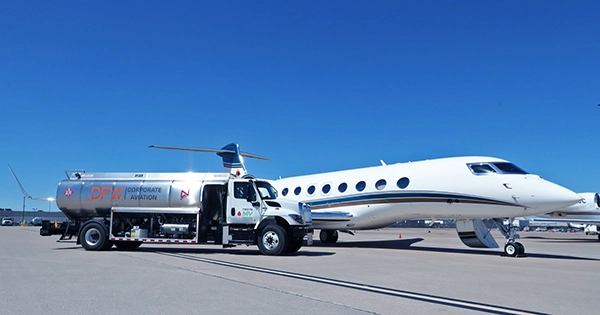A magnetometer is a device that measures magnetic fields or magnetic dipole moments. It is a scientific tool used to measure magnetic fields. It detects and quantifies the strength, direction, and, in some cases, fluctuation of magnetic fields in a specific region. Magnetometers of various varieties are used to determine the direction, strength, or relative change of a magnetic field at a specific point. These have a wide range of applications in a variety of industries, including geology, navigation, aerospace, and physics.
Carl Friedrich Gauss produced the first magnetometer capable of measuring absolute magnetic intensity at a point in space in 1833, and major improvements in the nineteenth century included the Hall effect, which is still commonly employed today.
Types of Magnetometers:
- Scalar Magnetometers: These measure the magnitude or strength of the magnetic field. Examples include proton precession magnetometers and fluxgate magnetometers.
- Vector Magnetometers: These measure both the magnitude and direction of the magnetic field. Examples include magnetoresistive sensors and magnetometer arrays.
Applications
Magnetometers are commonly used in geophysical surveys to measure the Earth’s magnetic field, to detect magnetic anomalies of various types, and to quantify the dipole moment of magnetic materials. They are widely employed as a heading reference in an aircraft’s attitude and heading reference system. Magnetometers are also employed by the military to detect submarines as a triggering mechanism in magnetic mines. As a result, some countries, including the United States, Canada, and Australia, categorize more sensitive magnetometers as military equipment and regulate their dissemination.
- Geophysics: These are commonly used in geophysical surveys to study the Earth’s magnetic field. They can detect anomalies in the magnetic field caused by geological features like minerals, faults, and ore deposits.
- Space Exploration: These are used on spacecraft to study planetary and solar magnetic fields. For example, they have been used in missions to study Mars and Jupiter’s moons.
- Archaeology: In archaeology, magnetometers can help identify buried structures and artifacts by detecting variations in the Earth’s magnetic field caused by buried objects.
- Defense and Security: Magnetometers are used for security purposes, such as detecting metal objects on individuals entering secure areas, like airports.
Working Principle
The precise operation of a magnetometer is determined by its type. A fluxgate magnetometer, for example, works by utilising magnetic cores that become saturated at a given magnetic field strength, creating a change in the permeability of the core. This change is then measured and used to calculate the strength of the magnetic field. Other magnetometers may measure magnetic fields by using the quantum characteristics of particles such as protons.
Magnetometers typically measure magnetic fields in units like teslas (T) or gauss (G), where 1 T = 10,000 G.
Magnetometers are critical tools in a wide range of scientific and practical applications, and their advancement has greatly aided our understanding of the Earth’s magnetic field as well as the magnetic properties of many materials and celestial bodies.
















